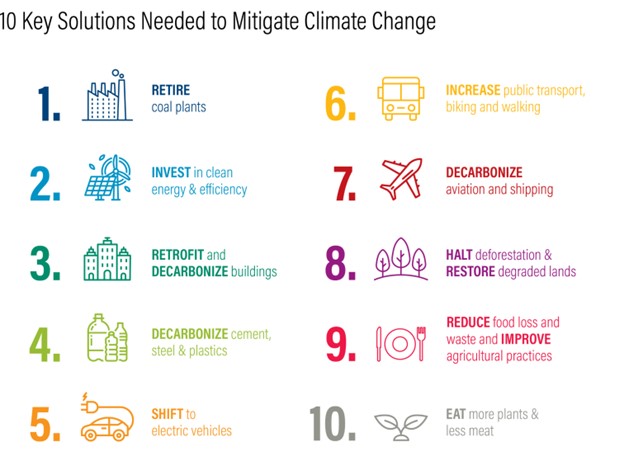
Written by Dipak
Aug 29, 2023 | 4 Min Read
Net Zero emissions refer to the balance established between the amount of greenhouse gas (GHG) that is produced and released in the atmosphere and the amount that is removed from the atmosphere at the same time. This can be achieved by methods involving the mitigation of emissions and removal of emissions. In this article, we will dive deeper into the concept of Net zero emissions and how it can be achieved.
 Source: Kubota stories
Source: Kubota stories
Understanding Net Zero Emissions
Think about your personal budget for example, you have money coming in from your job and other sources, and you have expenses going out for various things like rent, groceries, and entertainment. To maintain a balanced budget, you want to ensure that your income covers your expenses. If you’re spending more than you’re earning, then debt is inevitable.
Being net zero in terms of environmental impact is similar to the illustration painted above. Instead of money, we’re dealing with greenhouse gas emissions. Just like income and expenses in a budget, there’s an “income” of emissions being released into the atmosphere from various activities, like driving cars and using electricity. On the other hand, there’s an “expense” of emissions being removed or offset through processes like planting trees or using carbon capture technology.
To be net zero, the goal is to make sure that the emissions being added to the atmosphere are offset by the emissions being removed. It’s like managing your budget so that your expenses don’t exceed your income. When our emissions “income” is equal to or less than our emissions “expenses,” we achieve a state of net zero. Just as overspending can lead to financial problems, emitting more greenhouse gases than we can remove leads to environmental problems.
When do we need to reach Net Zero?
According to the Paris Agreement by countries, the ideal limit for global warming is 1.5 degrees Celsius. So regardless of the operations carried out, it is not expected that this limit should be exceeded in order to keep the planet safe. Presently we are at 1.1 degrees Celsius and we are seeing some not-so-great things happening, like ice melting and extreme heat waves. So, to keep things in check, we need to manage the “temperature” of the planet. The way we do this is by reducing the greenhouse gas emissions we release into the air, and that’s where net-zero emissions come in.
According to scientists, in order to stay within the 1.5-degree Celsius limit, we need to hit net-zero emissions for carbon dioxide (CO2) between 2050 and 2060. Getting there sooner (closer to 2050) is better because it avoids the risk of going over the limit for a while before coming back down. Waiting longer (closer to 2060) almost guarantees that we’ll go over 1.5 degrees Celsius before we can bring the temperature back down.
Another important thing is when different countries hit the net-zero mark. Some countries generally produce more emissions than others, so the sooner the big emitters reach net zero, the better our chances of staying within the 1.5-degree limit.
 Source: Stellantis
Source: Stellantis
Is the World on Track to Reach Net-Zero Emissions on Time?
Sadly, the world is not on track to achieve this great feat in time. Whilst all hands are on deck to achieve this, the majority of the population is still unaware of global warming and how their little actions are impacting the world negatively. This is to say that even though we are making progress, it is happening far too slowly compared to what is expected. According to the United Nations, the climate policies currently in use indicate that there will be a 2.8 degrees Celsius temperature rise by the end of the century.
How are different countries contributing to achieving Net Zero Emissions
The train for achieving a global net zero emissions is moving progressively and more and more countries are getting on it. The first country to set a net zero emission target was Bhutan in 2015, now over 80 countries have keyed into this, including China, the United States and India.
Methods through which different countries are setting up to enable hit these targets include setting long-term GHG emissions development strategies, and putting domestic laws against deliberate and indiscriminate pollution of the environment that leads to emissions of GHG. It won’t be long before every country on earth jumps on this moving train.
 Source: IPCC AR6.
Source: IPCC AR6.
Conclusion
In conclusion, the pursuit of achieving net zero emissions should be a collaborative effort seeing how it affects the entire planet. The effect of global warming on the planet might be subtle but do not make the mistake of thinking it is non-existent. A relentless commitment to mitigating and curbing emissions is essential to secure a sustainable future for our planet.
 Blog Posts
Blog Posts
May 28, 2023 • 4 Min Read
Mar 21, 2023 • 3 Min Read
Dec 15, 2023 • 3 Min Read